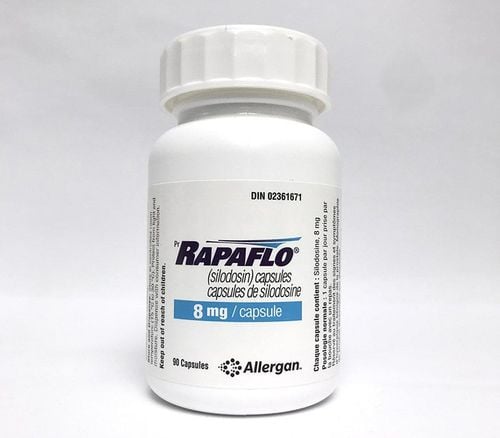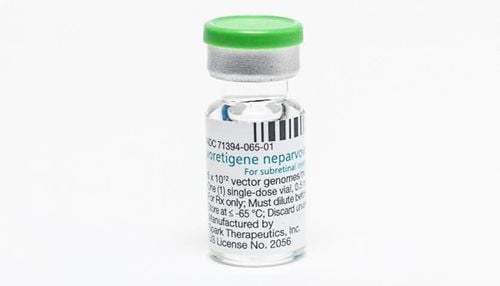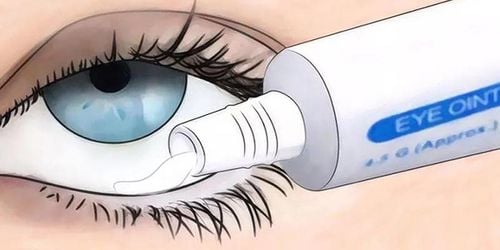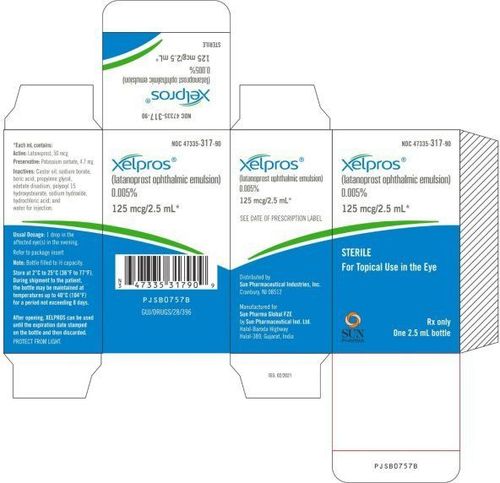This is an automatically translated article.
Normal intraocular pressure helps support the shape of the eye and helps the eye see. High or low intraocular pressure can seriously affect the eyes. Therefore, you should check eye pressure to detect disease early for treatment.
1. What is intraocular pressure?
Intraocular pressure can vary during the day and varies from person to person. For a healthy eye, fluid drains freely for the purpose of keeping eye pressure stable. Intraocular pressure is divided into 3 categories:
Normal intraocular pressure helps support the shape of the eye and helps the eye see. High intraocular pressure: Also known as ocular hypertension. It can lead to glaucoma, blindness. Therefore, you should check for high eye pressure to help detect the disease earlier. If you have an eye injury or illness, taking medications such as steroids can cause your eye pressure to rise. Low intraocular pressure: May cause blurred vision. When the pressure is less than 5 mmHG, it is called ocular hypotension. It makes you more prone to a number of eye problems such as cataracts, macular damage, eye discomfort, etc.
2. When to measure intraocular pressure?
If you have some of the following signs and symptoms, you need to have your intraocular pressure measured:
Gradual loss of peripheral vision, usually in both eyes.

Người bệnh xuất hiện tình trạng mất thị lực ngoại vi
Loss of vision in severe episodes; Severe eye pain. Nausea and vomiting are accompanied by severe eye pain. Sudden onset of visual disturbances, often in low light. Blurred vision, halos around lights. Red eyes.
3. Methods of measuring intraocular pressure
Tonometry is a technique for measuring pressure inside the eye. Measurement of intraocular pressure shows how solid your eyeball is in the same units of measurement. The normal range for intraocular pressure is about 10-20mmHG. Methods of measuring intraocular pressure include:
Measurement of intraocular pressure by recording the pressure tolerance of the cornea : This method uses eye drops to numb the surface of the eye. Contact tonometry: Uses a small probe gently pressed against the cornea to measure the pressure in the eye. Next, use a microscope to look into your eyes. Measuring intraocular pressure with an electronic keratometry: Your doctor will gently place the rounded end of a pen-like tool over your cornea. Intraocular pressure results are displayed on a small computer control panel. Non-contact tonometry: This is a simple method to check for raised intraocular pressure and is a method of measuring intraocular pressure that does not use numbing drops. The label meter does not touch your eye because it uses the air to flatten your cornea.
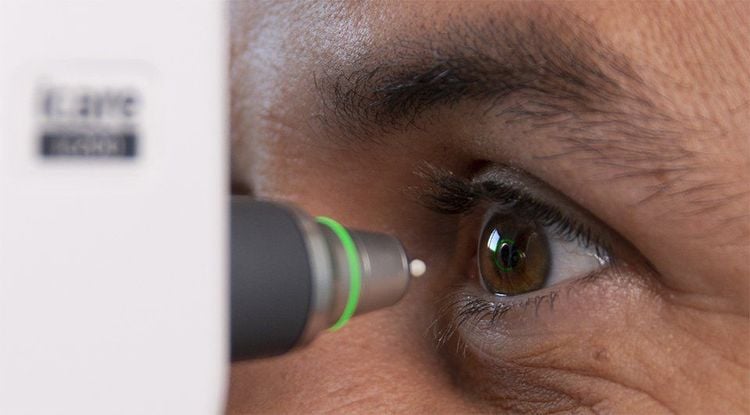
Người bệnh được đo nhãn áp không tiếp xúc
Please dial HOTLINE for more information or register for an appointment HERE. Download MyVinmec app to make appointments faster and to manage your bookings easily.
MORE:
Meaning of intraocular pressure What do you know about ocular hypertension? Ocular hypertension: Causes, symptoms and treatment





